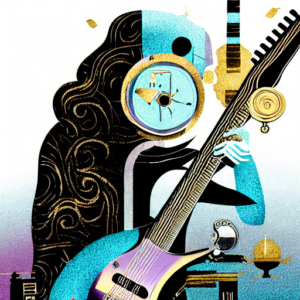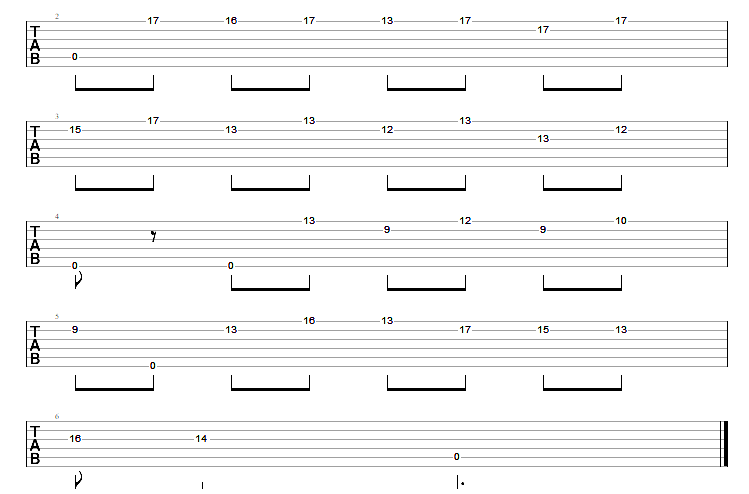Neoclassical guitar and the harmonic minor scale

Greetings, my fine Neoclassical fan! If you’d like to enter the world of Neoclassical guitar, then I can help. Let’s dive into the world of the harmonic minor scale.

Now, I know what you’re thinking – another scale to learn? Trust me, my friend, it’s worth it. The harmonic minor scale is a staple of neoclassical guitar and will add a whole new level of depth and complexity to your playing.
So, what exactly is the harmonic minor scale? Simply put, it’s a variation of the natural minor scale that raises the seventh degree by a half step. This creates a unique sound that is perfect for adding some drama and intensity to your playing.
The Harmonic Minor Scale
But how do you play it? It’s actually quite simple. To form a harmonic minor scale, all you have to do is start on the root note, then play the following pattern of whole and half steps: whole, half, whole, whole, half, whole and a half, half.
Now, I know that may sound a bit confusing, so let’s break it down with an example. Let’s say we’re playing in the key of A harmonic minor. We would start on the root note of A, then play B, C, D, E, F, G#, and finally A again. See? It’s not so hard after all.
Here’s a great resource to get you started on the 3 most important “scales” for Neoclassical guitar:
Auto Amazon Links: No products found. http_request_failed: A valid URL was not provided. URL: https://ws-na.amazon-adsystem.com/widgets/q?SearchIndex=All&multipageStart=0&multipageCount=20&Operation=GetResults&Keywords=0980235359&InstanceId=0&TemplateId=MobileSearchResults&ServiceVersion=20070822&MarketPlace=US Cache: AAL_ae7d2afea4c0b0cd87aef5e0ac4a05f7
So, now that you know how to play the harmonic minor scale, it’s time to put it into action. Try incorporating it into your solos and see how it enhances your neoclassical playing. And don’t be afraid to experiment with different keys and modes – the harmonic minor scale is extremely versatile and can be used in a variety of musical situations.
Neoclassical guitar pattern in A harmonic minor
I put together the following simple Neoclassical pattern for you to try in A harmonic minor.
Note that G# is found in this pattern on the 16th fret of the 1st string, the 13th fret of the 3rd string and the 9th fret of the 2nd string.
It uses a few pedal tones to really drive the Neoclassical sound home.

If you’re a more advanced player and you’re looking to add some killer Neoclassical licks into your shredding, I’d personally recommend checking out Dan Mumm’s Neoclassical Shred concepts digital tab book.
Video of Dan Mumm demonstrating some of the Neoclassical licks from Neoclassical Shred Concepts

So there you have it, my friends – a simple guide to get you started with the harmonic minor scale for Neoclassical guitar.
Use some of your staple Shred techniques such as alternate picking, two hand tapping, sweep picking and so on, mix it with plenty of practice and you’ve got a recipe for Neoclassical virtuosity.
Shred on!
